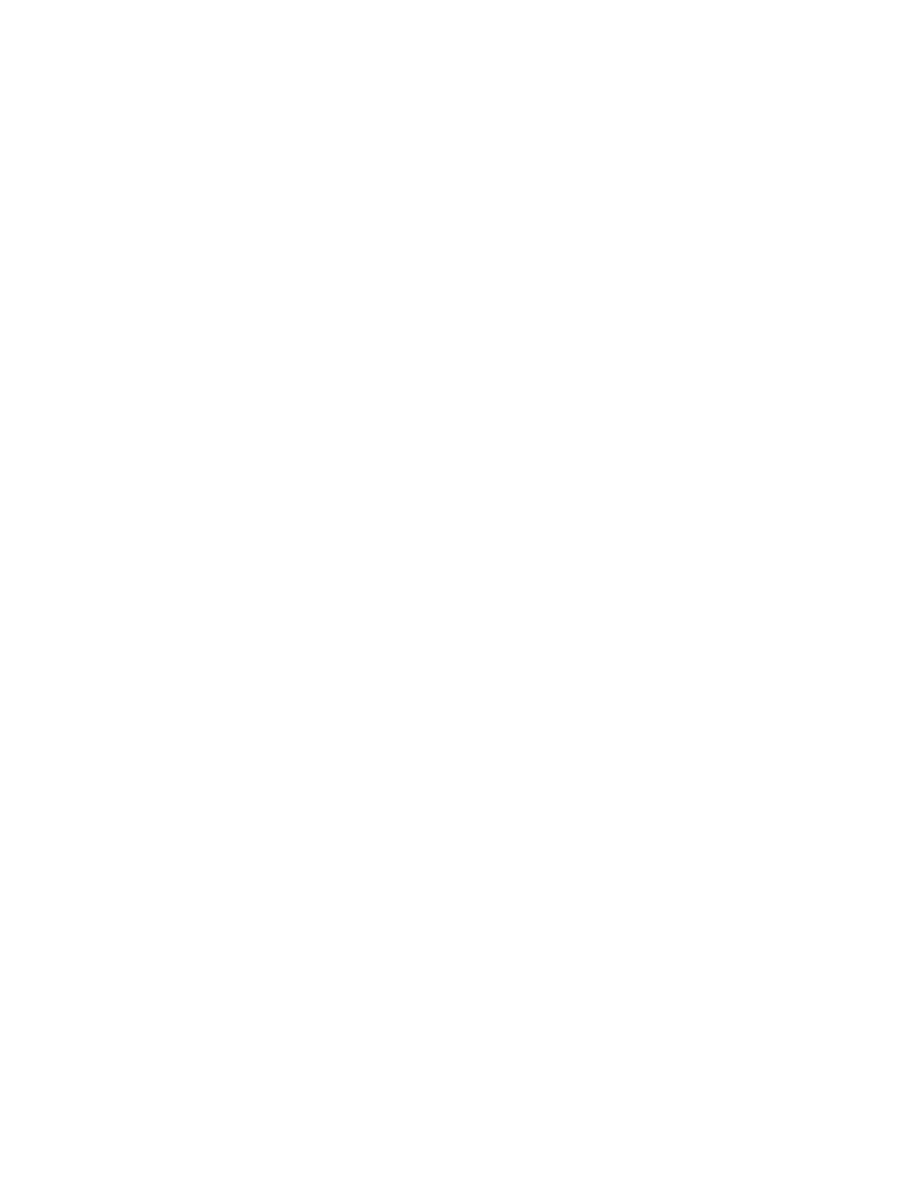
398
14 CFR Ch. I (1–1–14 Edition)
§ 25.301
intensity that it is a strong deterrent
to further application of primary longi-
tudinal control force.
[Amdt. 25–42, 43 FR 2322, Jan. 16, 1978]
Subpart C—Structure
G
ENERAL
§ 25.301
Loads.
(a) Strength requirements are speci-
fied in terms of limit loads (the max-
imum loads to be expected in service)
and ultimate loads (limit loads multi-
plied by prescribed factors of safety).
Unless otherwise provided, prescribed
loads are limit loads.
(b) Unless otherwise provided, the
specified air, ground, and water loads
must be placed in equilibrium with in-
ertia forces, considering each item of
mass in the airplane. These loads must
be distributed to conservatively ap-
proximate or closely represent actual
conditions. Methods used to determine
load intensities and distribution must
be validated by flight load measure-
ment unless the methods used for de-
termining those loading conditions are
shown to be reliable.
(c) If deflections under load would
significantly change the distribution of
external or internal loads, this redis-
tribution must be taken into account.
[Doc. No. 5066, 29 FR 18291, Dec. 24, 1964, as
amended by Amdt. 25–23, 35 FR 5672, Apr. 8,
1970]
§ 25.303
Factor of safety.
Unless otherwise specified, a factor of
safety of 1.5 must be applied to the pre-
scribed limit load which are considered
external loads on the structure. When a
loading condition is prescribed in
terms of ultimate loads, a factor of
safety need not be applied unless other-
wise specified.
[Amdt. 25–23, 35 FR 5672, Apr. 8, 1970]
§ 25.305
Strength and deformation.
(a) The structure must be able to
support limit loads without detri-
mental permanent deformation. At any
load up to limit loads, the deformation
may not interfere with safe operation.
(b) The structure must be able to
support ultimate loads without failure
for at least 3 seconds. However, when
proof of strength is shown by dynamic
tests simulating actual load condi-
tions, the 3-second limit does not
apply. Static tests conducted to ulti-
mate load must include the ultimate
deflections and ultimate deformation
induced by the loading. When analyt-
ical methods are used to show compli-
ance with the ultimate load strength
requirements, it must be shown that—
(1) The effects of deformation are not
significant;
(2) The deformations involved are
fully accounted for in the analysis; or
(3) The methods and assumptions
used are sufficient to cover the effects
of these deformations.
(c) Where structural flexibility is
such that any rate of load application
likely to occur in the operating condi-
tions might produce transient stresses
appreciably higher than those cor-
responding to static loads, the effects
of this rate of application must be con-
sidered.
(d) [Reserved]
(e) The airplane must be designed to
withstand any vibration and buffeting
that might occur in any likely oper-
ating condition up to V
D
/M
D
, including
stall and probable inadvertent excur-
sions beyond the boundaries of the buf-
fet onset envelope. This must be shown
by analysis, flight tests, or other tests
found necessary by the Administrator.
(f) Unless shown to be extremely im-
probable, the airplane must be designed
to withstand any forced structural vi-
bration resulting from any failure,
malfunction or adverse condition in
the flight control system. These must
be considered limit loads and must be
investigated at airspeeds up to V
C
/M
C
.
[Doc. No. 5066, 29 FR 18291, Dec. 24, 1964, as
amended by Amdt. 25–23, 35 FR 5672, Apr. 8,
1970; Amdt. 25–54, 45 FR 60172, Sept. 11, 1980;
Amdt. 25–77, 57 FR 28949, June 29, 1992; Amdt.
25–86, 61 FR 5220, Feb. 9, 1996]
§ 25.307
Proof of structure.
(a) Compliance with the strength and
deformation requirements of this sub-
part must be shown for each critical
loading condition. Structural analysis
may be used only if the structure con-
forms to that for which experience has
shown this method to be reliable. The
Administrator may require ultimate
VerDate Mar<15>2010
10:12 Mar 18, 2014
Jkt 232046
PO 00000
Frm 00408
Fmt 8010
Sfmt 8010
Y:\SGML\232046.XXX
232046
pmangrum on DSK3VPTVN1PROD with CFR